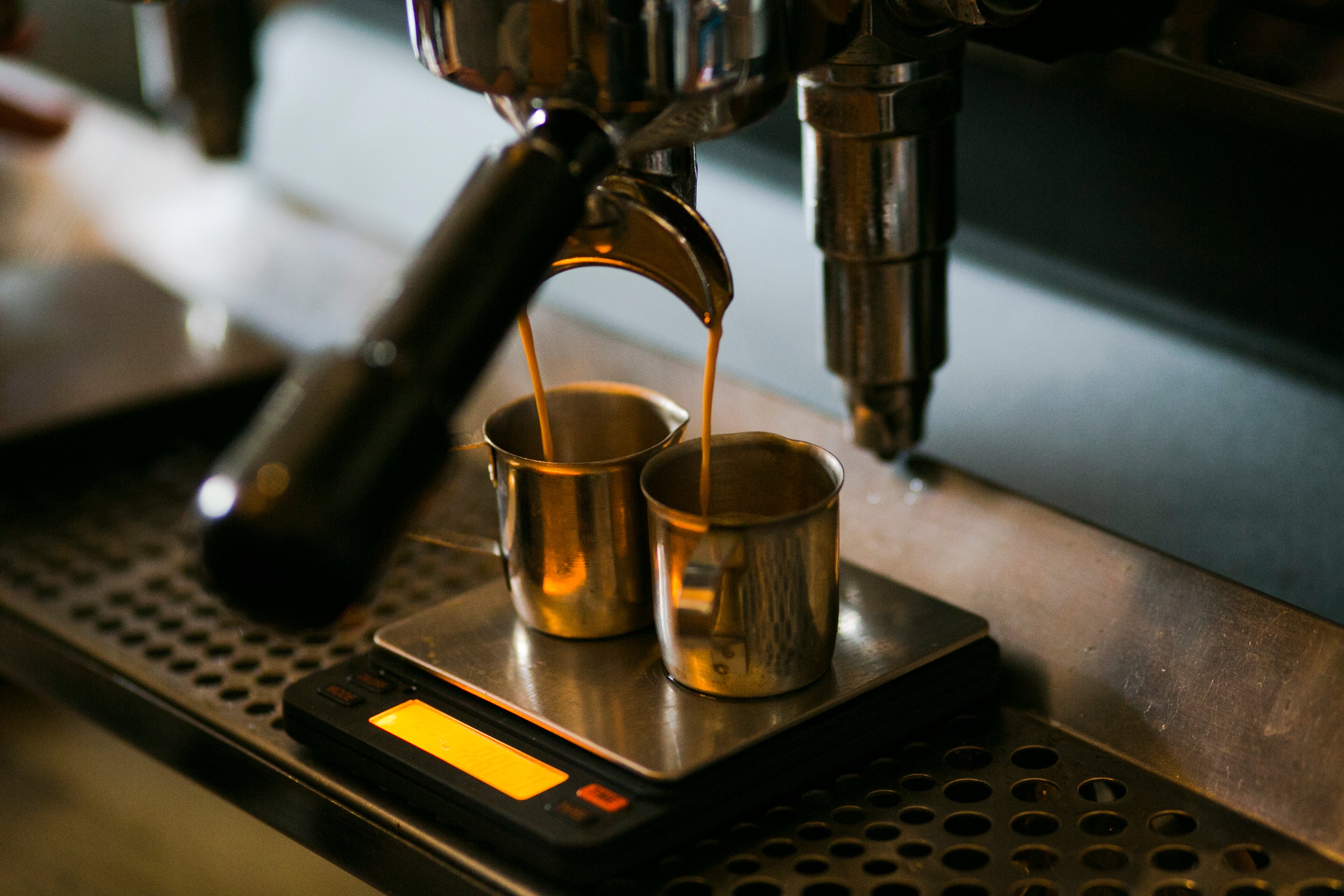Some of you may have noticed that, at 19grams, we have 2 types of espresso roasts, our Specialty Espresso Roasts and our Classic/Full Auto Roasts.
Our Specialty Roasts will be lighter and more transparent roasts that showcase the natural flavor attributes of the coffee, always aiming to be as sweet and clean as possible. The Classic Roasts will be more evolved (the beans are in the internal cooker) and easier to handle, so they will taste good even in a fully automatic espresso machine, where the extraction can be lower and less uniform. They are also more suited to people who enjoy a more intense and classic espresso flavor, while the Specialty Roasts are for people looking for exciting, bright flavor profiles of different origins.
So why are we doing this?
Coffee is a fruit that begins its life with all these amazing bright aromas. As roasting progresses, Maillard reactions begin to break down the sugars (reducing the sweetness) and bring out the true flavor potential of the coffee, while reducing the acidity of the coffee. We love the sweetness at 19grams, and since roasting a coffee is a process of breaking down sugar, we try to roast our coffees so that they are still sweet, which results in some natural brightness (acidity) remaining in the bean.
Our goal is for all of our Specialty Espresso Coffees to show the best of what each coffee has to offer, yet still be user-friendly for the end user once they are set to optimal extraction and have rested for a reasonable amount of time (fresh is not always best when it comes to espresso), to be sweet, balanced, and juicy, and to show the best qualities that coffee has to offer.
Our Classic Roasts will be more developed than our Specialty Roasts, but they will never be burnt or so dark that oils end up on the outer bean that can quickly dull the coffee. We select coffees that fit well with this more evolved style and pair well with milk drinks, even if the extraction from the machines isn't always optimal, because we know that not everyone wants a nerdy hobby, but just delicious coffee. These coffees are roasted with ease of use in mind, and for the home barista out there who likes stronger, more textured espresso shots.
How do we do this?
The longer a coffee stays in the roaster once the Maillard reaction begins (about 150 degrees), the heavier, richer, and more roasted the coffee becomes. By extending the time after the first crack (this happens at about 200 degrees, when the coffee pops like popcorn and releases the gases trapped inside), you can increase the body and development of a coffee.
The time after the first crack is known as the development time or, when expressed as a percentage of the total roast, the development time ratio (DTR% for coffee nerds). It's not so easy to simply roast a coffee longer to increase the development of a coffee, as it's important that the inner bean is fully developed (cooked). To achieve this goal you need a decent amount of DRT%. An example of this is a coffee that is roasted for 13 minutes and has only 1 minute of development time, while a coffee that is roasted for 12 minutes, but has 2.30 minutes of development time, is more likely to taste developed and sweet.
The roasting times for our Specialty and Classic Espressos are very similar, but the time our Specialty Espresso Roasts spend in the roaster after the first crack is less than that of our Classic Roasts in order to retain some of the sweetness and brightness of the roasted coffee. The classic roasts have a slightly higher final temperature and combined with the extended DTR%, our Classic Roasts give the coffees more body and texture and allow an easier use in brewing methods where extraction is always optimal, such as stovetop and fully automatic espresso machines.


